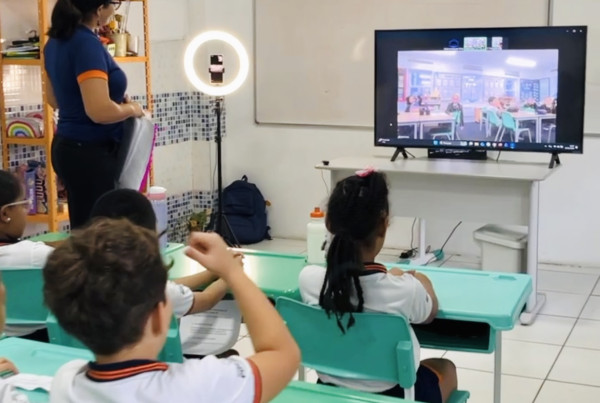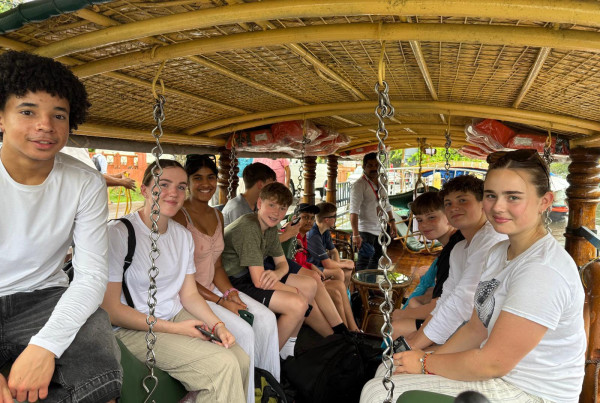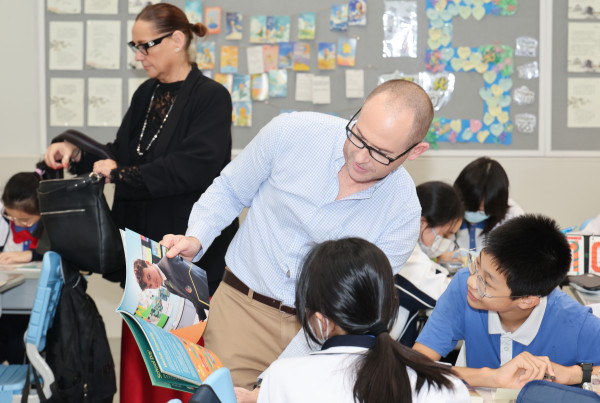Oracy as a Vital Skill:
Fostering Critical Thinking:
Strengthening Historical Narratives:
Nurturing Collaborative Learning:

Developing Effective Presentation Skills:
Bridging the Gap in Achievement:
1) Socratic Seminars:
2) Collaborative Group Projects:

3) Storytelling:
4) Public Speaking Opportunities:
5) Classroom Debates:
By incorporating these five strategies into lessons, teachers can effectively increase oracy skills among their students, enabling them to become proficient communicators, critical thinkers, and engaged learners in the subject matter. Oracy is a potent tool that teachers can harness to revolutionise the learning experience for their students. By encouraging open dialogue, critical thinking, and collaborative learning, educators can instil a deeper appreciation for their subject and empower students to become effective communicators in a rapidly changing world. As we embrace oracy in the curriculum, we pave the way for students to forge meaningful connections with the past, transforming them into well-rounded individuals with a bright and promising future.




